Anne Frank Portfolio Megan morkus-Period 2
ANNE FRANK'S SETTING
The Secret Annexe
Besides Anne's diary, the Secret Annexe is one of the most significant and symbolic pieces that's left from the destruction and corruption of WW2. The Secret Annexe was a small space in the back of a spice factory where the Anne, her family, and the Van Daan family hid during the war. Smartly, the Annexe was kept hidden by placing a bookshelf in front of the entrance. These families lived there for over two years facing mental, spiritual, and physical challenges.

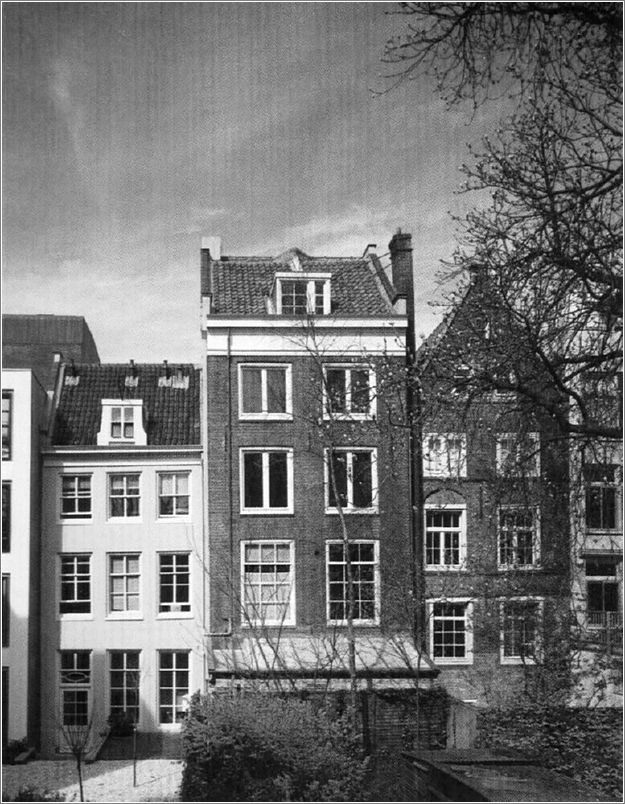
Montessori Schoolroom
The 6th Montessori in Amsterdam is where Anne Frank and her sister went to school. Students would notice who were and were not Jews because they would miss specific days. This is a place that Anne Frank holds many memories to that are mainly about her past social life, which she longs for so very much during her times of hiding.
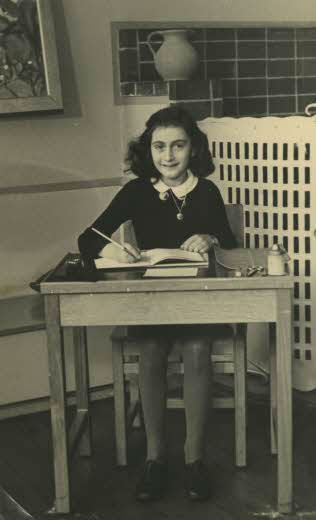
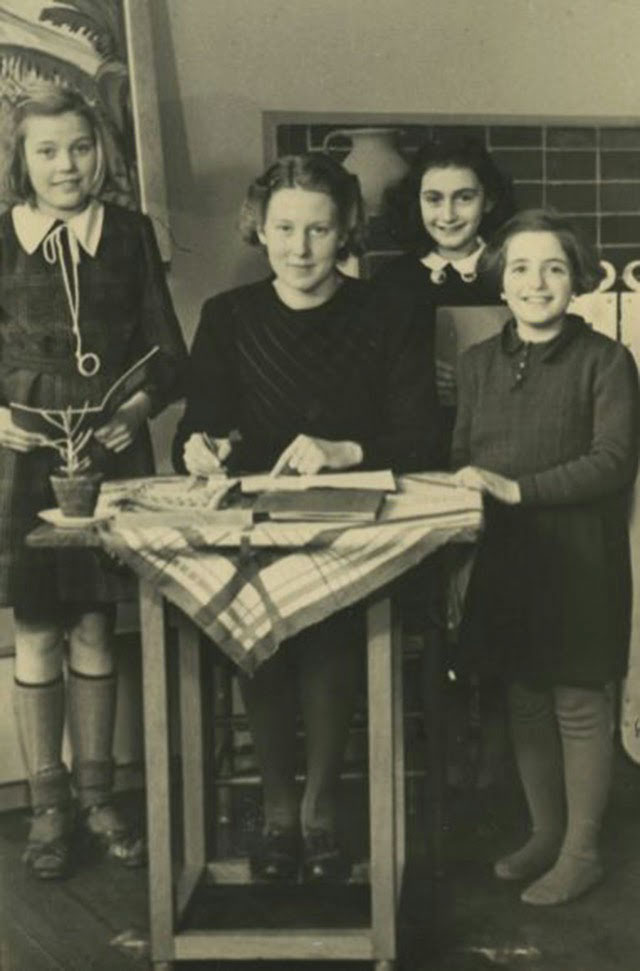
NURUMBERG LAW
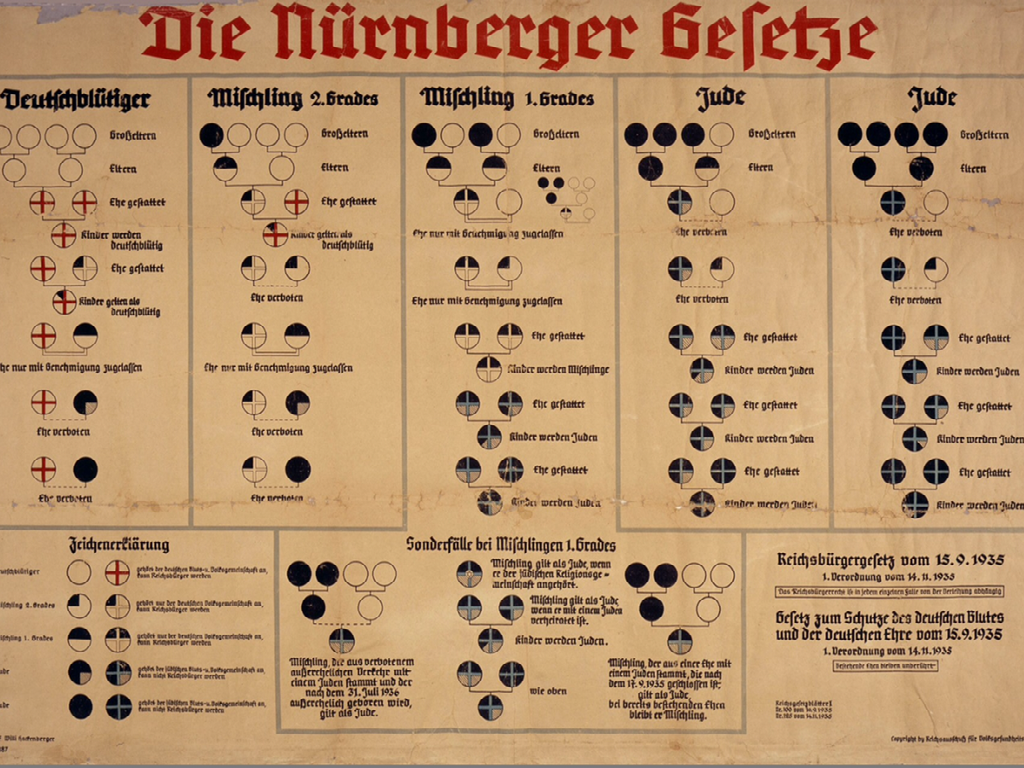
1. Marriage between Jews and subjects of the state of German or related blood are forbidden. Marriages nevertheless concluded are invalid, even if concluded abroad to circumvent the law. Annulment proceedings can be initiated only by the State Prosecutor.l
2. Extramarital intercourse between Jews and subjects of the state of German or related blood is forbidden.
3. Jews may not employ in their household female subjects of the state of German or related blood who are under 45 years old.
4. Jews are forbidden to fly the Reich or National flag or to display the Reich colors. They are, on the other hand, permitted to display the Jewish colors. The exercise of this right is protected by the State.
5. Any person who violates the prohibition under I will be punished by a prison sentence with hard labor. A male who violates the prohibition under I will be punished with a prison sentence with or without hard labor. Any person violating the provisions under III or IV will be punished with a prison sentence of up to one year and a fine, or with one or the other of these penalties. The Reich Minister of the Interior, in coordination with the Deputy of the Führer and the Reich Minister of Justice, will issue the Legal and Administrative regulations required to implement and complete the Law. The Law takes effect on the day following promulgations except for III, which goes into force on January 1, 1936. Nuremberg, September 15, 1935 at the Reich Party Congress of Freedom.
PROPAGANDA
Propaganda is information that misleads audiences to believe something that is biased or viewed from a specific standpoint, often used in political situations. According to Wikipedia, "propaganda was used to increase support for [WW2] and commitment to an Allied victory". In other words, to increase support in countries during wars such as WW2, government would create propaganda that discriminated enemies and made themselves appear superior. The propaganda became part of everyday living in Germany, from hundreds of thousands of people meeting to watch Adolf Hitler, movies streaming with racism, to comic books printing it, and the list goes on. Propaganda is how Adolf Hitler nearly won World War 2
Anne Frank
Anne is the daughter of Otto and Edith Frank. Anne also has a sister who is three and a half years older than her. Anne's second nature was being a social butterfly- hanging out with friends continuously and having ease with doing so. Although, as Nazis had began invading Amsterdam, Anne's home was abandoned and so were her social interactions. As she expresses herself through her diary day by day, she reveals the pains of a teenage girl, nobody knew she had.
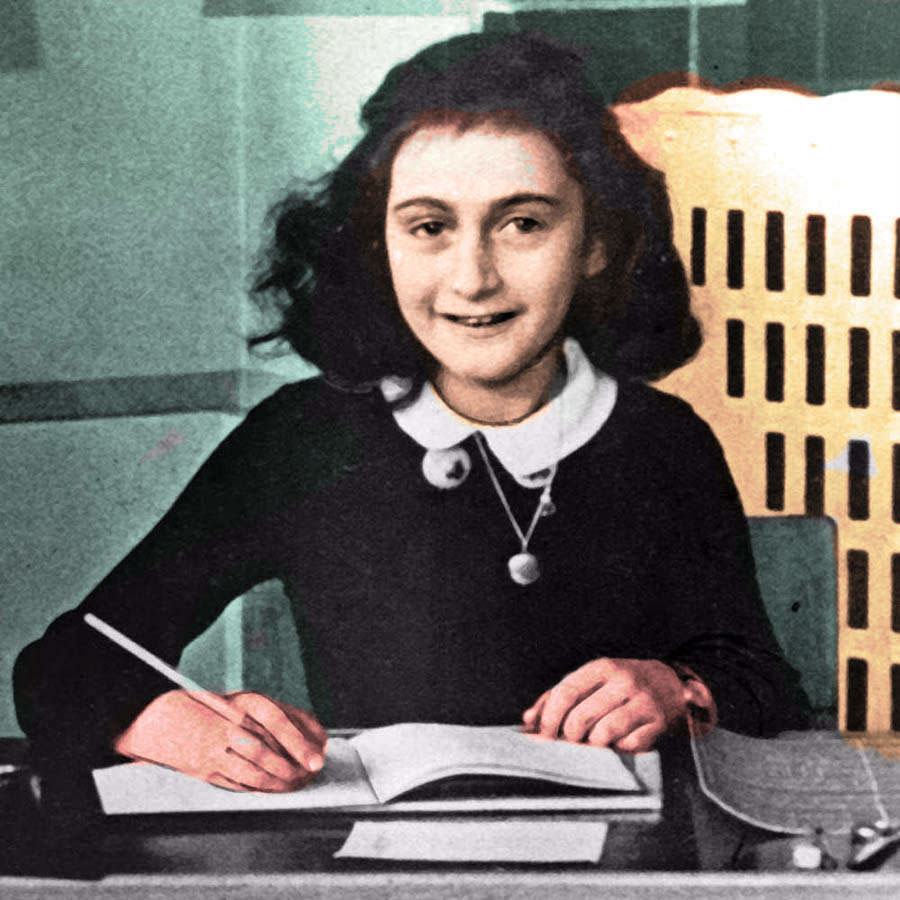
Peter Van Pels
Peter Van Pels was the son of Hermann and Auguste Van Pels. He had no siblings neither as much social interaction as Anne. He was a shy boy who kept his feelings inside, as Anne said in her diary. Peter and Anne found a liking for each other and consulted to each other during challenging times of the war. After Peter had been taken to Auschwitz he was sent to the sick barracks and died at age 18.
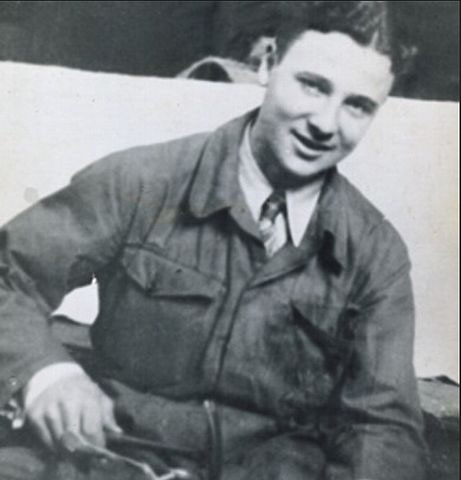
Miep Gies
Miep Gies was a younge woman when she began working for Otto Frank's business. When the Franks went into hiding, Miep and her boyfriend Jan Gies helped and supported their survival. She secretly brought food and ration slips to the Secret Annexe, and never gave away her promise to keep the families safe. She lived long, and passed away at the age of 100.
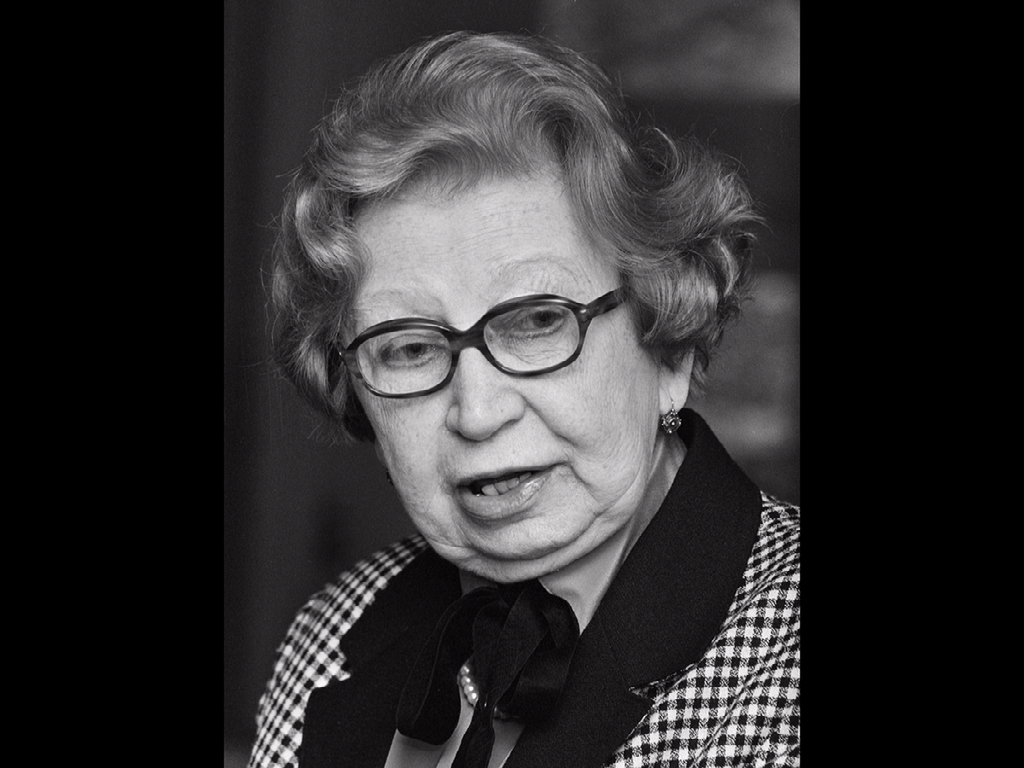
Otto Frank
Otto Frank was the father of Anne and Margot, and his wife was named Edith. Otto is Anne's greatest role model and she looks up to him more than anyone. Otto is dimeanor was well balanced and he was calm yet instructive man. After him and his family was sent to the death camps, he was the only survivor. Otto passed away in 1980.
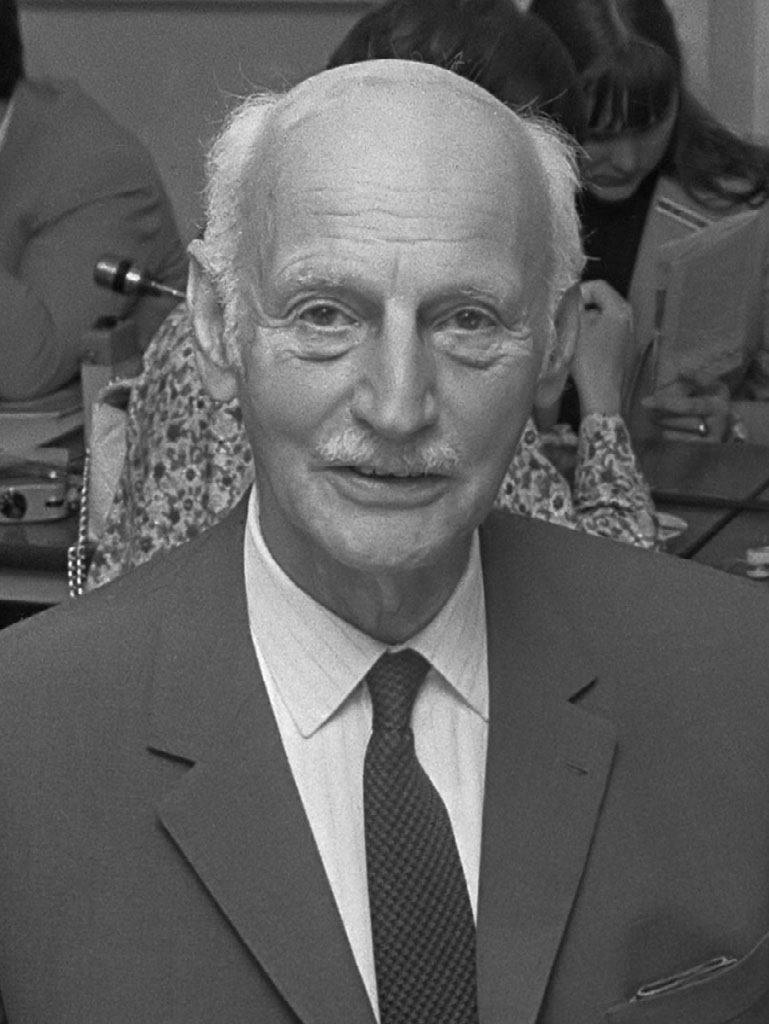
Act I Summary
The Frank and the Vann Dan families get word that the war is soon to come to their home. The two families quickly go into hiding inside Mr. Frank's old spice company building. The families get along fine for the first few months until they finally reach the point where they act their true selves- and it's not always pretty. Anne picks fights against her mother and neither of them understand why. Anne feels that she cannot explain why she reacts so fiery, but it's something that she struggles with. No matter how much she wants to change, she stays stuck in her storm pleading for calm ocean.
The waterfall symbolizes how Anne is supposed to satisfy everybody with the graceful nature of a stream. Although, she's on the verge of losing control of herself which ends with a waterfall. Once the water falls, it only takes time until the water again smoothly swims along.
The fire symbolizes the anger and frustration that Anne holds within herself. She not only harms herself but the others around her, for she can't contain her emotions and reactions.
The rose represents the flourishing of Anne's curiosity with herself and womanhood in general.
Warsaw Ghetto Uprising
The Warsaw Ghetto Uprising took place from April 19th to May 16th 1943.
166,000 people died from the tragedy.
60,000 German soldier and Jewish fighters were killed in the uprising.
Now the Jewish morale in Poland is treated with more compassion because the people have empathy for them and themselves.
Anne Frank II Summary
Miep visits the Frank's and Van Dann's for New Year's greetings and brings them a homemade cake. They are delighted by the cake yet argue over who has larger pieces. This leads to many more troubles within the home. Anne grows even more self-conscience and develops a liking for Peter. Devastatingly enough, by the end of the Chapter only Mr. Frank, Miep, and Mr. Kraler are left to speak. The two families were captured and sent to death camps with the only survivor being Mr. Frank.